Introduction to Tri-Axle Dump Trailers
Tri-axle dump trailers are particularly popular in the construction and transportation sectors due to their robust design and ability to carry significant loads. Trucking companies and contractors often rely on these semi-trailers to move heavy materials efficiently. However, a fundamental concern that arises among potential buyers or users is the weight of these trailers, which influences transport regulations, payload capacity, and operational safety.
What Is a Tri-Axle Dump Trailer?
A tri-axle dump trailer features three axles that provide enhanced stability and weight distribution, making it suitable for carrying heavier loads compared to dual-axle trailers. This configuration allows for increased load capacity while maintaining control and reducing wear on road surfaces. Understanding the weight of these dump trailers is essential for ensuring compliance with legal weight limits and for making informed decisions regarding purchasing or operating such equipment.
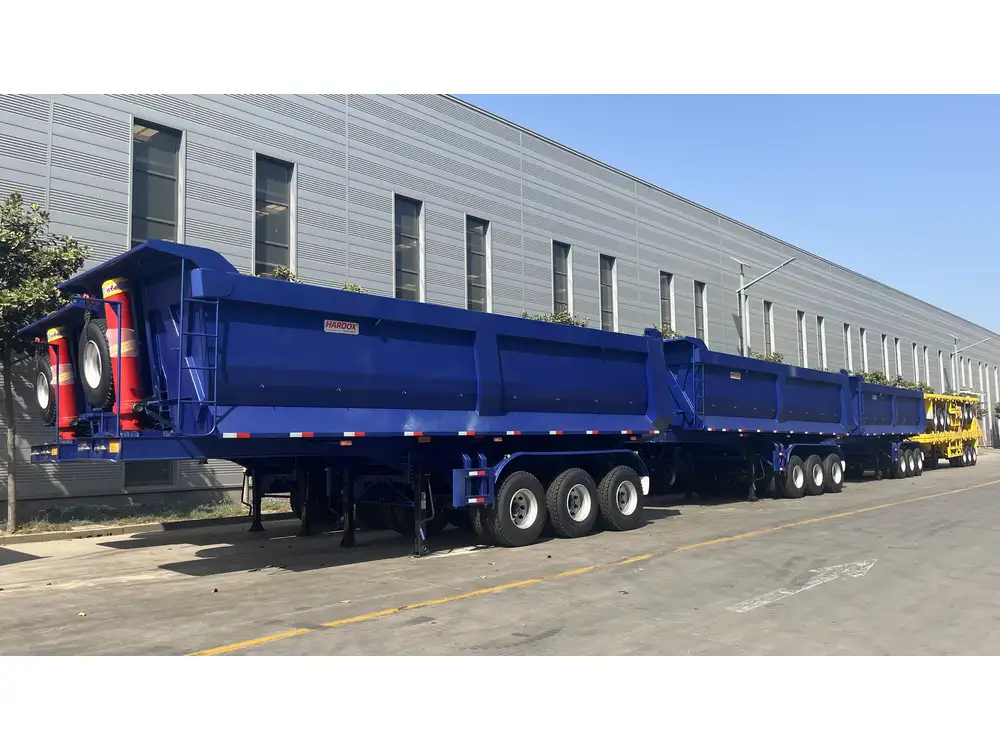
Factors Influencing the Weight of Tri-Axle Dump Trailers
To accurately determine how much a tri-axle dump trailer weighs, various factors must be considered:
| Factor | Description |
|---|---|
| Material Composition | The type of materials used in the trailer’s construction (steel, aluminum, etc.) directly impacts weight. |
| Dimensions | The size of the trailer, including length, width, and height, affects its overall weight. |
| Design Features | Additional features such as reinforced sides, tarp systems, or hydraulic lifts can add weight. |
| Manufacturer Specifications | Different manufacturers may have varying designs and construction methods, resulting in weight discrepancies. |
| Equipment Add-ons | Optional features like toolboxes, additional axles, and specialized components also contribute to the total weight. |
Average Weight of Tri-Axle Dump Trailers
Generally, the weight range for tri-axle dump trailers can be categorized as follows:
- Empty Weight: Typically between 10,000 lbs to 14,000 lbs (approximately 4,536 kg to 6,350 kg).
- Maximum Load Capacity: These trailers can often accommodate loads ranging from 16,000 lbs to 24,000 lbs (about 7,257 kg to 10,886 kg), depending on the regulations in the jurisdiction where they are used.
Example Weight Specifications
| Model | Empty Weight | Max Load Capacity | Total Weight (Loaded) |
|---|---|---|---|
| Standard Tri-Axle | 12,000 lbs (5,443 kg) | 20,000 lbs (9,072 kg) | 32,000 lbs (14,515 kg) |
| Heavy-Duty Tri-Axle | 14,000 lbs (6,350 kg) | 24,000 lbs (10,886 kg) | 38,000 lbs (17,236 kg) |
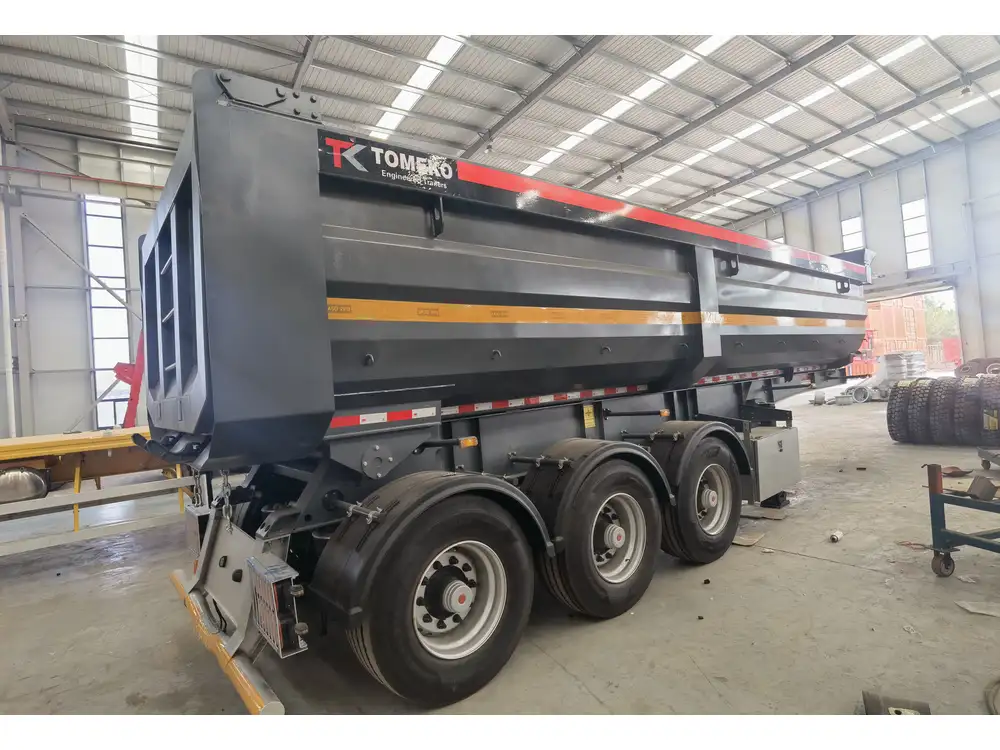
Legal Weight Limitations
Understanding the Law
In the United States, the maximum weight that a vehicle can carry on the interstate system is typically defined by the Federal Bridge Formula. However, state and local jurisdictions may impose their own regulations. Here is a general guideline based on common practices:
- Gross Vehicle Weight (GVW): A tri-axle vehicle, including both its trailer and the towing vehicle, must not exceed 80,000 lbs (approximately 36,287 kg) without a special permit.
- Axle Weight Limits: Each axle, depending on its configuration, has its legal weight limit, often around 20,000 lbs (approximately 9,072 kg) for single axles and up to 34,000 lbs (approximately 15,422 kg) for tandem axles.
Implications for Load Management
Exceeding these weight limits can result in hefty fines, increased insurance premiums, and potential legal issues. Hence, it’s imperative to understand how the weight of the tri-axle dump trailer, in conjunction with its payload, impacts total vehicle weight.
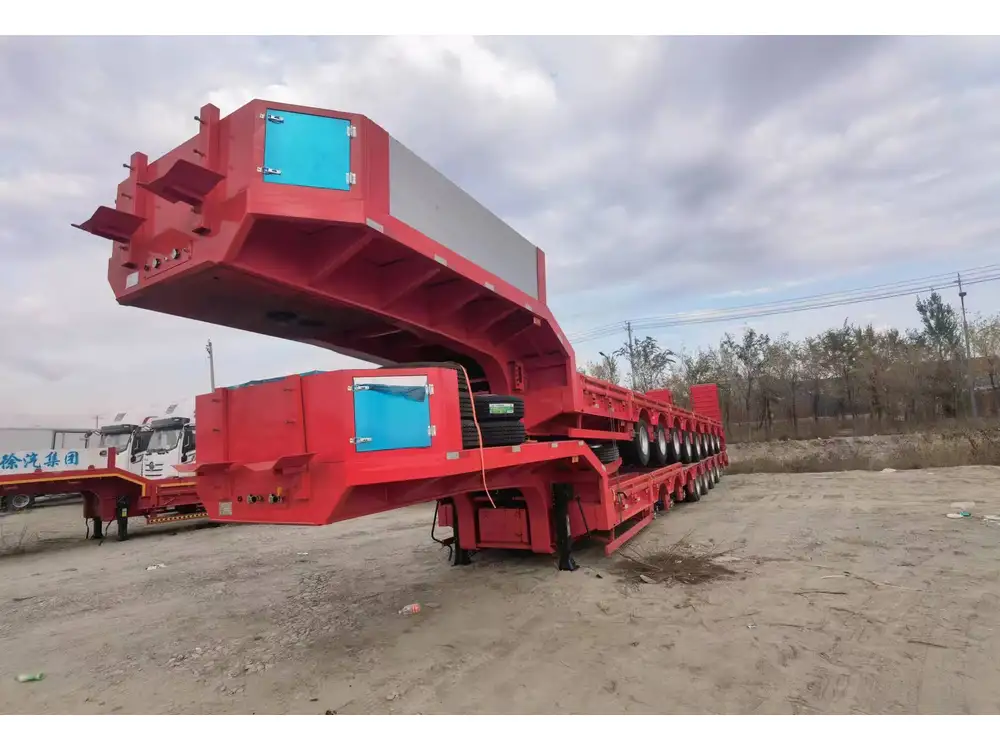
Operational Efficiency: Payload Management
Efficiency in Transportation
Maximizing the payload while adhering to weight regulations is crucial for operational efficiency. Here’s how to balance both aspects:
- Know Your Trailer’s Weight: Regularly check the trailer’s empty weight and maintain accurate records.
- Regular Inspections: Ensure that the trailer is in good condition, with no excess wear that could impact weight distribution.
- Load Monitoring: Utilize scales and other monitoring equipment to keep tabs on the payload during loading.
Benefits of Effective Weight Management
| Benefit | Explanation |
|---|---|
| Cost Savings | Avoid fines and penalties associated with overloading. |
| Improved Safety | Reduced risk of accidents linked to overloaded vehicles. |
| Extended Trailer Lifespan | Properly managing weight minimizes wear and tear on the trailer. |
| Enhanced Fuel Efficiency | Operating within legal weight limits often leads to better fuel economy. |
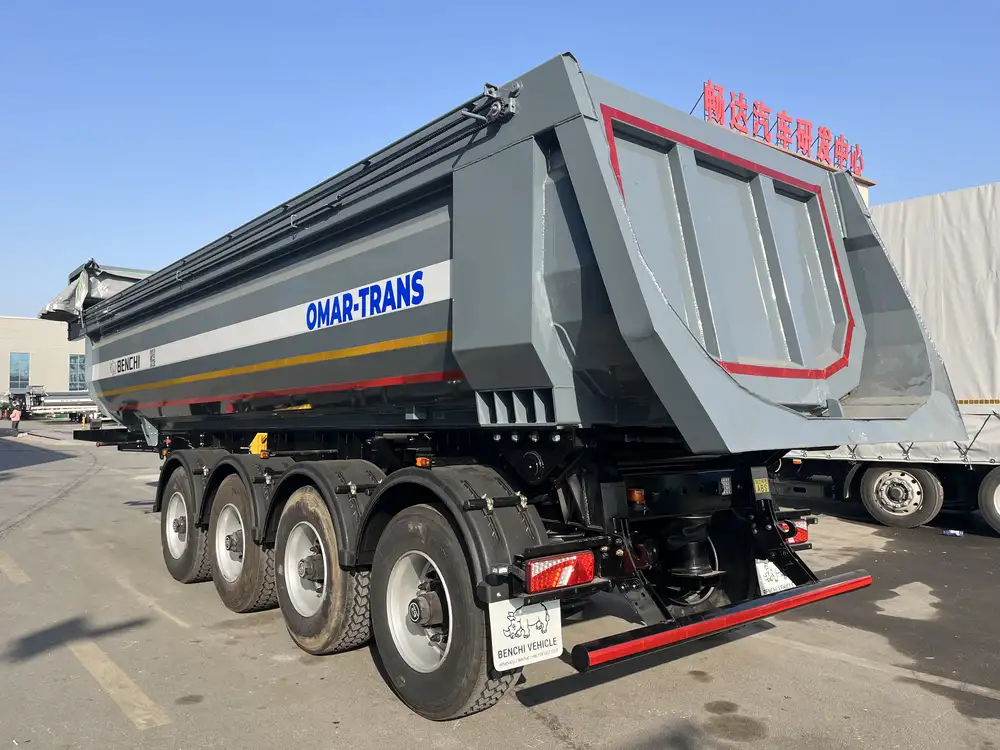
Maintenance Considerations
Essential Maintenance Practices
To ensure that tri-axle dump trailers maintain optimal performance throughout their service life, consistent upkeep is required:
- Regular Weighing: Weigh the trailer periodically, especially before long trips.
- Inspecting Components: Check axles, brakes, and tires regularly to prevent overload-related damage.
- Lubrication: Ensure that moving parts are well-lubricated to promote longevity and performance.
Indicators of Overloading
Being informed about signs of overloading can help address issues before they escalate. Common indicators include:
- Uneven tire wear
- Frequent brake issues
- Structural damage such as cracks or bends in the frame
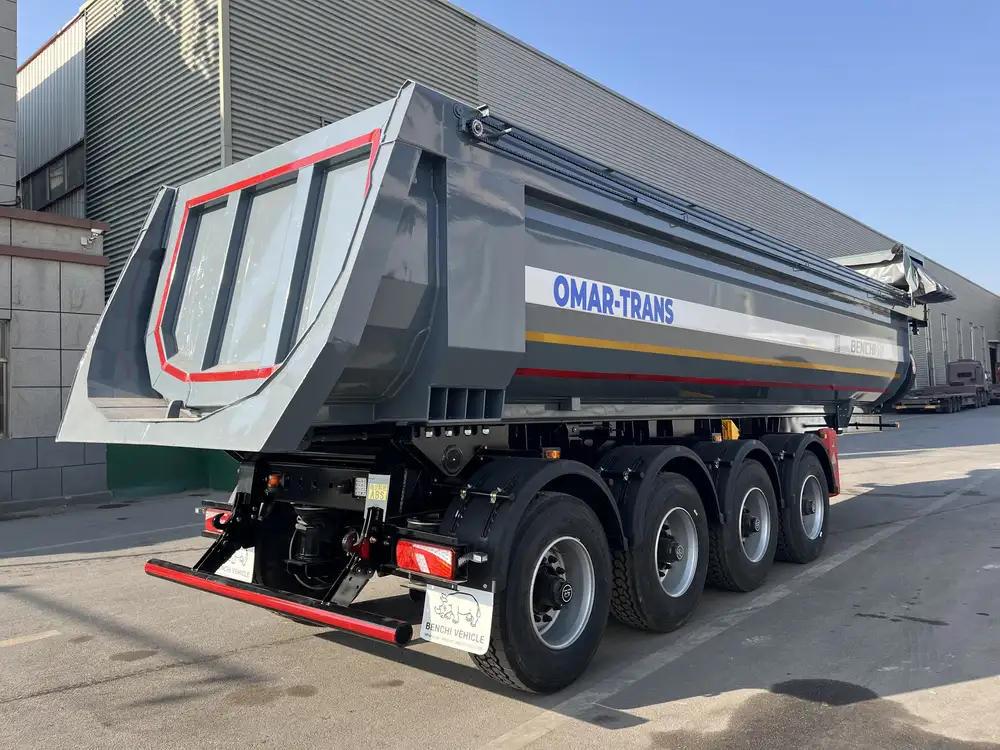
Choosing the Right Tri-Axle Dump Trailer
Key Considerations for Buyers
When purchasing a tri-axle dump trailer, several factors should be considered to ensure suitability for your specific needs:
- Weight Rating: Ensure it aligns with your transport requirements.
- Material Durability: Choose materials that can endure the specific loads you intend to carry.
- Size and Dimensions: The design should accommodate your typical haul and comply with state regulations.
- Manufacturer Reputation: Look for reputable manufacturers known for quality and customer service.
Additional Features to Look For
| Feature | Benefits |
|---|---|
| Hydraulic Lifting System | Enhances the ability to dump loads efficiently. |
| Side Extensions | Increases load capacity for bulkier materials. |
| Tarp Systems | Prevents spillage and improves adherence to local regulations. |
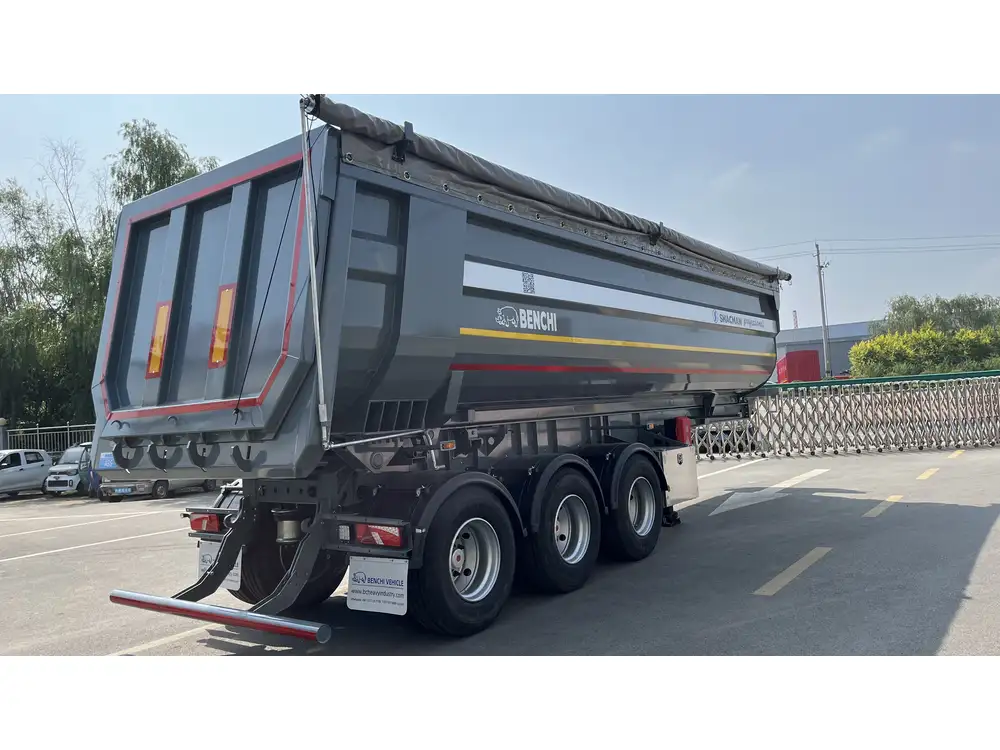
Conclusion: Weighing the Importance of Tri-Axle Dump Trailers
Understanding the weight of tri-axle dump trailers isn’t just about compliance with regulations; it demonstrates a commitment to safety, efficiency, and cost-effectiveness in operations. Whether you are in the market for a new trailer or seeking to optimize current usage, being knowledgeable about the weight factors, legal limitations, and maintenance considerations will ensure that your investment serves you well in the long run.
In summary, staying informed and proactive about trailer weight will facilitate smoother operations and allow your business to thrive in the competitive landscape of the construction and transportation industry.



